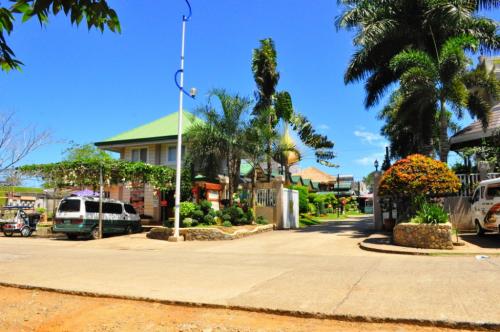It is a 4th class municipality in the province of Laguna, Philippines.
Pila and adjacent towns along the shores of
Laguna de Bay are considered by archaeologists as one of the oldest settlements in the Philippines. The community is one of three such concentrations of population known archaeologically to have been in place before A.D. 1000. Archaeologists recovered in Pinagbayanan potteries and artifacts that indicate considerable settlement in the area during the Late Tang Dynasty (900 A.D.). Archaeologists also recovered ancient horse bones ending the debate on whether the Spaniards brought them or not. The scientists were able to uncover Philippines’ oldest crematorium in the same area. It is worthwhile to note that the oldest Philippine document, the 900 A.D.
Laguna Copperplate Inscription, mentioned Pila twice.
The Franciscans arrived in 1578 to evangelize the people of Pila and soon afterwards built a church dedicated to St. Anthony of Padua, the first Antonine house of worship in the Philippines. Due to the nobleness and mildness of the character of its inhabitants, the Spanish leadership honored the town with an exceptional title La Noble Villa de Pila, one of five villas named by the Spaniards in the 16th and 17th century in the Philippines. During this period, the demesne of Pila includes Victoria, Laguna, and Jala-Jala, Rizal.
The Franciscans established in Pila the second printing press in the Philippines and printed in 1613, Philippines’ oldest dictionary and the first book printed using the movable type, the Vocabulario de Lengua Tagala. The book was written and compiled by Fray Pedro de San Buenaventura and printed by Tomas Pinpin, the Prince of Filipino printers. The book is twenty seven years older than the Bay Psalm Book, the first book printed in the United States in 1640.
Source:
